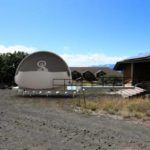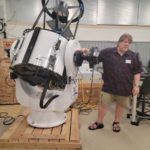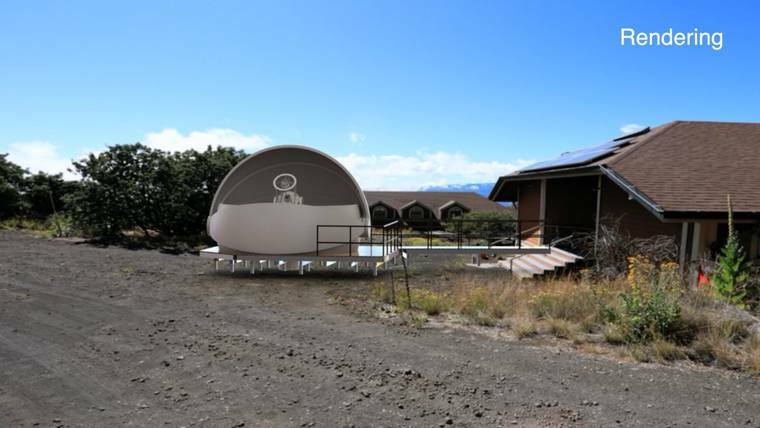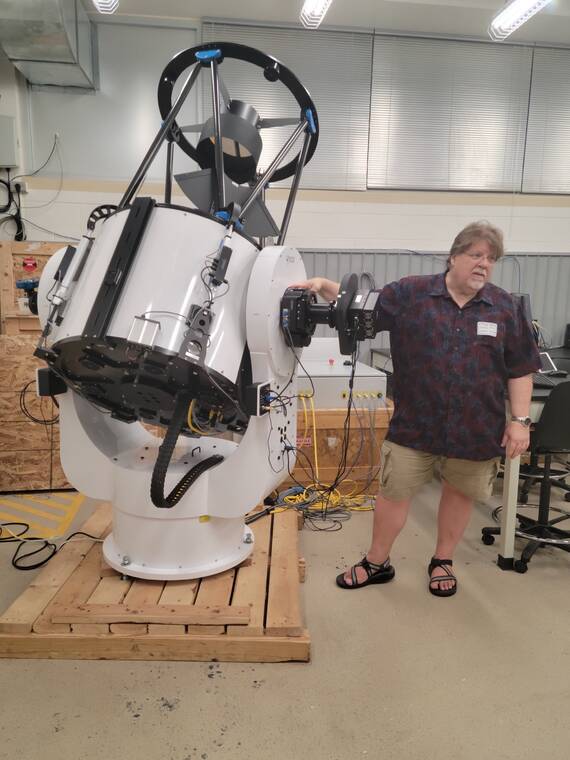A telescope for all: UH-Hilo observatory could be available to the general public


A teaching telescope planned for Halepohaku could be shared equally between students and the general public.
At an open house Wednesday about the proposed development of an educational observatory at the midlevel facility on Maunakea, Rene Pierre Martin, director of the University of Hawaii at Hilo Educational Observatory, said he hopes the telescope will be usable by people ranging from public school teachers to amateur astronomers, in addition to astronomy students at UH.
“I’m hoping for half of the viewing time to be for the public,” Martin told attendees. “My dream is for someone to look at a star and ask, ‘I wonder how far away that is,’ and then, instead of Googling it, he can go to this telescope.”
The proposed observatory would be the university’s first usable teaching telescope since 2010, when the telescope at UH’s Hoku Ke‘a summit observatory on Maunakea was replaced with a new telescope that was ultimately found to be defective.
By the time the university secured a second replacement in 2016, the Hoku Ke‘a facility already was scheduled to be decommissioned as part of the terms for the planned construction of the Thirty Meter Telescope, so the replacement has remained in storage ever since.
Martin said the telescope, when installed, would be operable both from Halepohaku and from a control room at UH-Hilo, and can be set for automated operation overnight.
“Students can’t spend their whole night observing. They have class the next day,” Martin said.
Martin also demonstrated that the telescope’s control software has imposed limits on the instrument’s movements, which should, he said, prevent untrained users from damaging it — although he jokingly added that, in his experience, trained astronomers themselves are more likely to try to force an instrument to operate outside of its design parameters.
UH faculty member Kathy Malone said the university is working on outreach to public school teachers on the Big Island to discuss how the telescope could be incorporated into a science curriculum for sixth- or seventh-graders.
“(Our students) and the young minds of our island are why we’re doing this,” Martin said. “It’s not just a telescope for the university, it’s a telescope for the people of Hawaii.”
A draft environmental assessment for the observatory was published late last month and predicted no significant environmental impacts from the project. A 30-day public comment period began after that publication, with construction scheduled to begin August 2024 and be completed by the end of that year.
Jennifer Scheffel, environmental planner with SSFM International, the consultant group that wrote the draft EA, said it has received only eight online comments so far, largely in support of the project.
Email Michael Brestovansky at mbrestovansky@hawaiitribune-herald.com.



